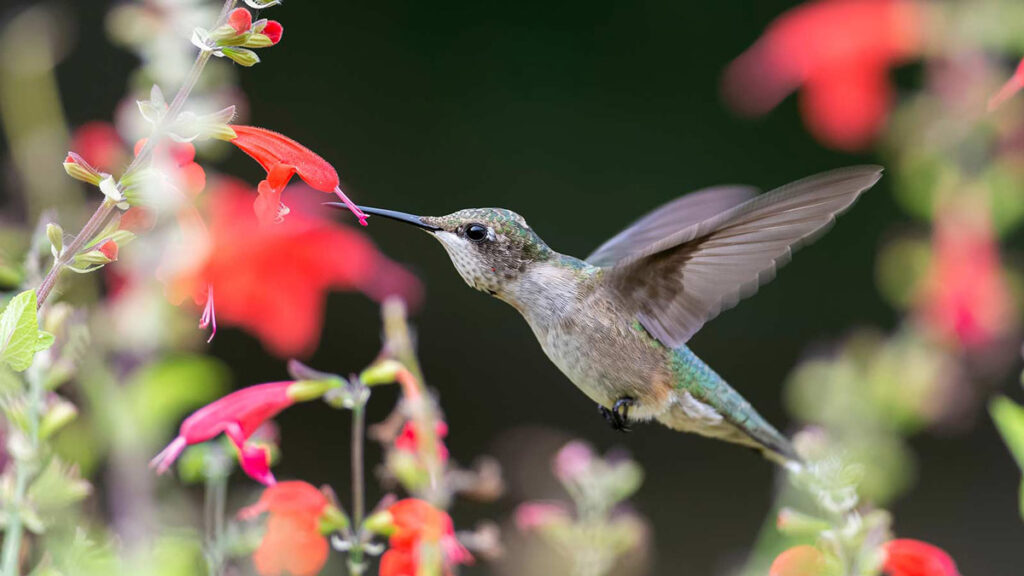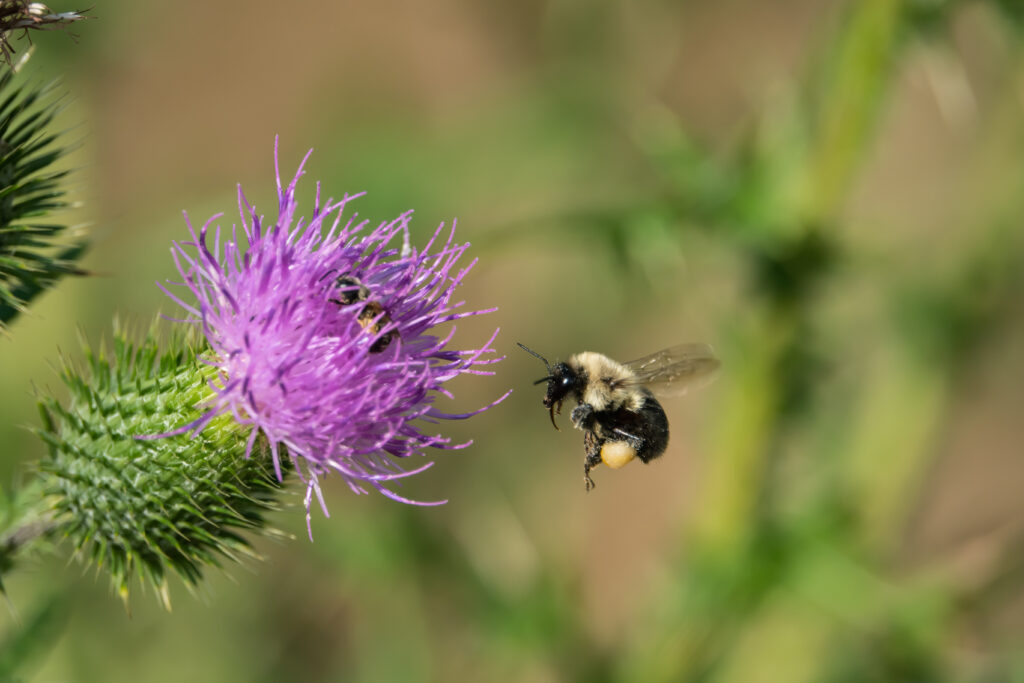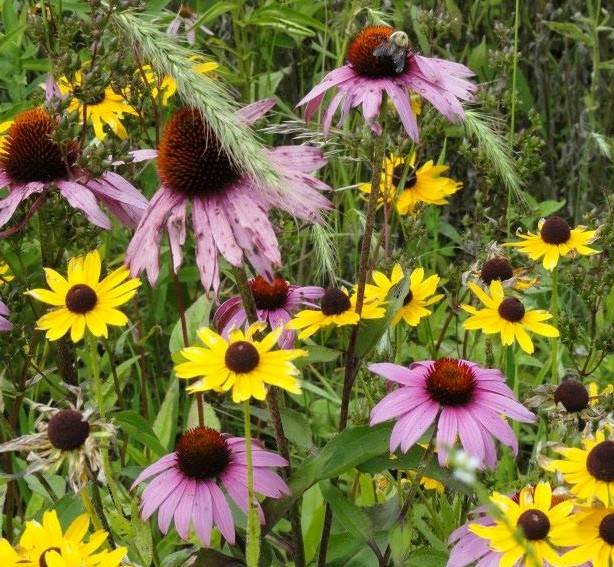What Pollinators Work on Your Farm?
If it weren’t for pollinators, the agricultural industry would collapse as we know it. Eighty percent of the world’s food and plant products require pollination, making agricultural crop pollination worth over $3 trillion dollars globally. Pollinating insects, birds, and mammals are critical for crop production, with over 150 crops in the US alone dependent on […]
What Pollinators Work on Your Farm? Read More »




